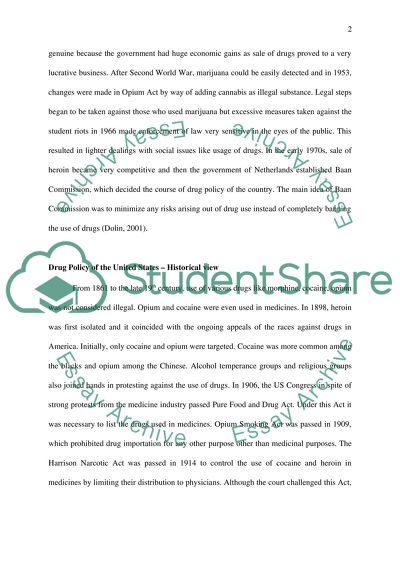Cite this document
(“Comparing Dutch Drug Illegalization and Policy with the U.S Research Paper”, n.d.)
Retrieved from https://studentshare.org/sociology/1430284-comparing-dutch-drug-illegalization-and-policy
Retrieved from https://studentshare.org/sociology/1430284-comparing-dutch-drug-illegalization-and-policy
(Comparing Dutch Drug Illegalization and Policy With the U.S Research Paper)
https://studentshare.org/sociology/1430284-comparing-dutch-drug-illegalization-and-policy.
https://studentshare.org/sociology/1430284-comparing-dutch-drug-illegalization-and-policy.
“Comparing Dutch Drug Illegalization and Policy With the U.S Research Paper”, n.d. https://studentshare.org/sociology/1430284-comparing-dutch-drug-illegalization-and-policy.


